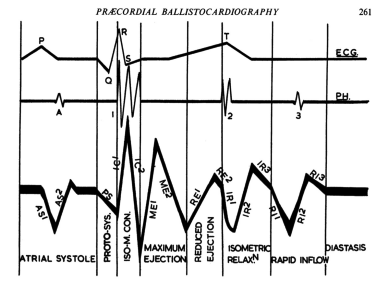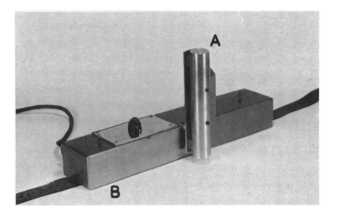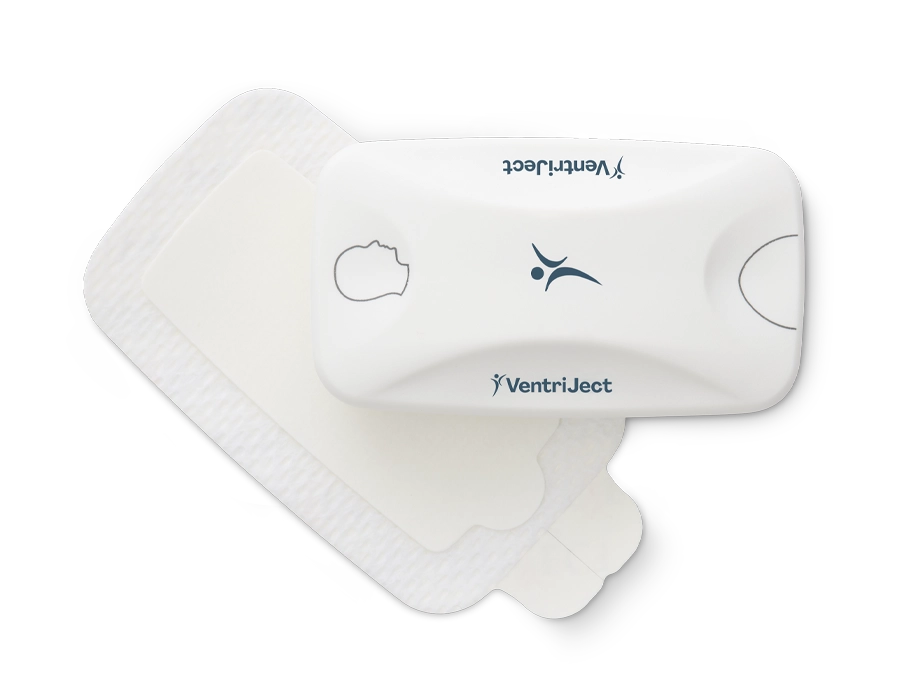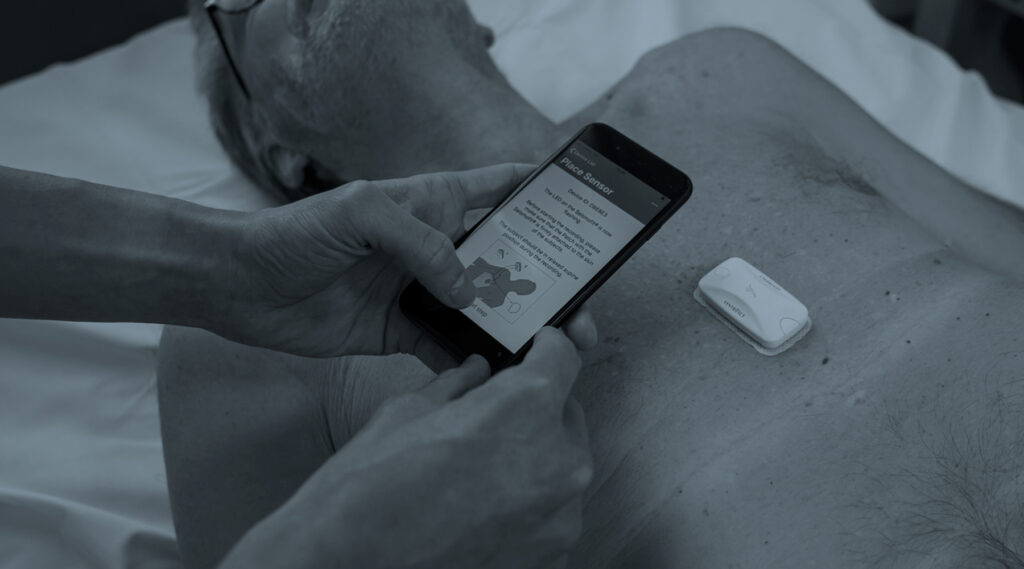Home → Seismofit® technical
Discover Seismofit®: Revolutionising VO₂max Estimation with Patented Technology
Our advanced VO₂max estimation uses patented seismocardiography technology combined with a powerful AI algorithm. Seismocardiography captures your heart’s micro-vibrations, offering detailed cardiovascular insights. This data, along with user inputs like weight, height, age, and sex, is processed by our AI to provide highly accurate VO₂max estimates. Whether for fitness monitoring or research, Seismofit® ensures precise, reliable results. Read on to see how these technologies revolutionize cardiovascular fitness assessment.
Seismocardiography
Seismocardiography is a non-invasive technique that measures the vibrations generated by the heart during its activity. Using highly sensitive sensors, it captures the mechanical movements of the heart, such as the contractions during systole and relaxations during diastole. These micro-vibrations provide a wealth of information about cardiac function and health. By recording these vibrations, seismocardiography offers a detailed look at the heart’s performance, making it an invaluable tool for monitoring cardiovascular health.
The history of seismocardiography dates back to the 1950s when it was first introduced by Bozhenko and Mounsey as a method to study the mechanical aspects of heartbeats. Over the years, advancements in sensor technology and data analysis have significantly enhanced its accuracy and practicality. Today, seismocardiography is recognised for its ability to provide precise cardiac insights without the need for invasive procedures, making it a comfortable and reliable option for users.
Bozhenko, B. Seismocardiography. “Seismocardiography–a new method in the study of functional conditions of the heart.” Terapevticheskii arkhiv 33 (1961): 55-64.
Baevsky, R., A. Egorov, and L. Kazarian. “Metodika seismokardiografii.” Kardiologia 18 (1964): 87-89


MOUNSEY, P. “Praecordial ballistocardiography.” British heart journal vol. 19,2 (1957): 259-71. doi:10.1136/hrt.19.2.259

Leveraging Seismocardiography and Accelerometer Technology in Seismofit® for VO₂max Estimation
Seismofit® utilises advanced seismocardiography technology to estimate VO₂max with precision. At its core, the Seismofit® Sensor is a highly sensitive accelerometer. An accelerometer is an electromechanical device that measures acceleration forces. These forces may be static, such as the constant force of gravity, or dynamic, resulting from movement or vibrations.
Inside the accelerometer, a small mass, known as the proof mass, is suspended by springs within a casing. When the device experiences acceleration, the mass temporarily lags behind the motion of the casing due to inertia, causing the springs to compress or stretch. This displacement is measured and translated into an electrical signal, which is proportional to the acceleration force. The accelerometer in Seismofit® captures the subtle vibrations generated by the heartbeat, providing data on cardiovascular performance.
This data is seamlessly transmitted through our user-friendly app to our secure servers for analysis. By utilising advanced algorithms and data processing techniques, we provide an accurate estimate of your VO₂max, enabling you to monitor and enhance your cardiovascular fitness.
Seismofit®: Transforming heartbeats into actionable fitness and health insights.
The Heart of Seismofit®: Our Advanced VO₂max Estimation Algorithm
The core of Seismofit®’s technology lies in its advanced VO₂max estimation algorithm, which is central to our patented system. This algorithm is designed to interpret the data captured by the seismocardiography sensor with high accuracy.
Once the seismocardiogram data is transmitted to our secure servers, the algorithm begins a detailed analysis. It processes the raw data by first filtering out noise, ensuring only the most accurate information is considered. The algorithm then examines the average characteristics of multiple heartbeats captured in the seismocardiogram.
Additionally, the algorithm incorporates baseline data such as height, weight, and sex entered by the user into the app. These parameters are crucial as they allow the algorithm to personalise the VO₂max estimation, making it more accurate for each individual. By combining the physiological data with the seismocardiogram, the algorithm can provide a tailored and precise VO₂max estimate.
The analysis involves segmenting the seismocardiogram into individual heartbeats and calculating a mean beat, which serves as a representative sample. Various features are extracted from this mean beat, including the amplitude and frequency of the heart’s vibrations. These features, along with the user’s physiological data, are used by the VO₂max estimation algorithm to deliver an accurate measure of cardiovascular fitness.
This comprehensive and personalised approach ensures that Seismofit® provides reliable and actionable VO₂max estimates, enabling users to make informed decisions about their health and fitness regimes. By integrating advanced technology with scientific validation, Seismofit® offers a new approach to cardiovascular fitness assessment.

Explore the Science Behind Seismofit® with Prof. Dr. Samuel Emil Schmidt
For those interested in understanding more about the technology behind Seismofit®, watch this webinar featuring Prof. Dr. Samuel Emil Schmidt. This video explains seismocardiography and our patented methods, showing how we capture and analyse the heart’s micro-vibrations. Learn how our AI algorithm processes this data, along with user inputs, to deliver accurate VO₂max estimates. Discover how Seismofit® is transforming cardiovascular fitness assessment.